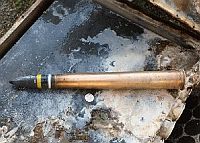 A team of US Navy divers recovered five crates of live munitions from the bottom of Lake George, NY, in about 60′ of water. The munitions were found by recreational divers over the Labor Day weekend. The Navy divers are reported to have recovered 37mm shells, believed to be from an 1870s Hotchkiss gun, as well as German WWII anti-aircraft rounds. How and why the live munitions ended up at the bottom of Lake George remains a mystery.
A team of US Navy divers recovered five crates of live munitions from the bottom of Lake George, NY, in about 60′ of water. The munitions were found by recreational divers over the Labor Day weekend. The Navy divers are reported to have recovered 37mm shells, believed to be from an 1870s Hotchkiss gun, as well as German WWII anti-aircraft rounds. How and why the live munitions ended up at the bottom of Lake George remains a mystery.
The munitions apparently have whatsoever nothing to do with the history of the lake. Nevertheless, whoever dumped them happened to pick a location on the lake that has a legacy of bloody warfare. Today, Lake George is a tourist destination and many of the islands in the lake are popular sites for campers. The lake was not always so peaceful.

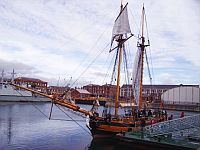 We have been following the 1995 built replica of the topsail schooner HMS Pickle for some time. In 2008,
We have been following the 1995 built replica of the topsail schooner HMS Pickle for some time. In 2008, Another great event that I wish I was attending. Starting tomorrow September 5th and lasting through the 9th, the
Another great event that I wish I was attending. Starting tomorrow September 5th and lasting through the 9th, the 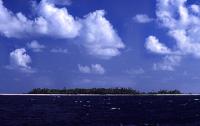 Tuvalu
Tuvalu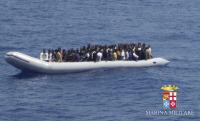 Yesterday, we posted about
Yesterday, we posted about 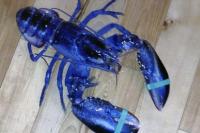
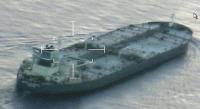
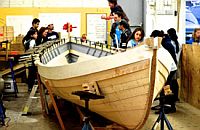 I recently learned about
I recently learned about 
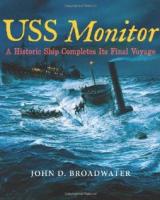
 The 22nd annual running of the
The 22nd annual running of the 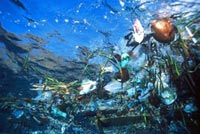 Yesterday,
Yesterday, 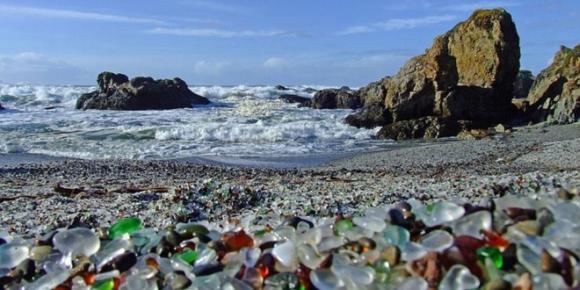 Many years ago my wife and I kayaked with a group in
Many years ago my wife and I kayaked with a group in 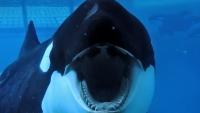 Last October, the documentary
Last October, the documentary 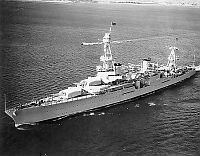
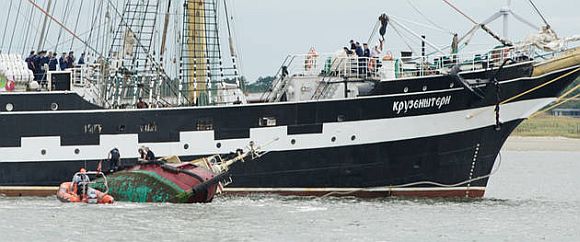
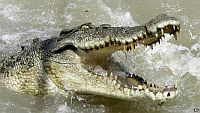 A 57 year old fisherman, wading in the
A 57 year old fisherman, wading in the